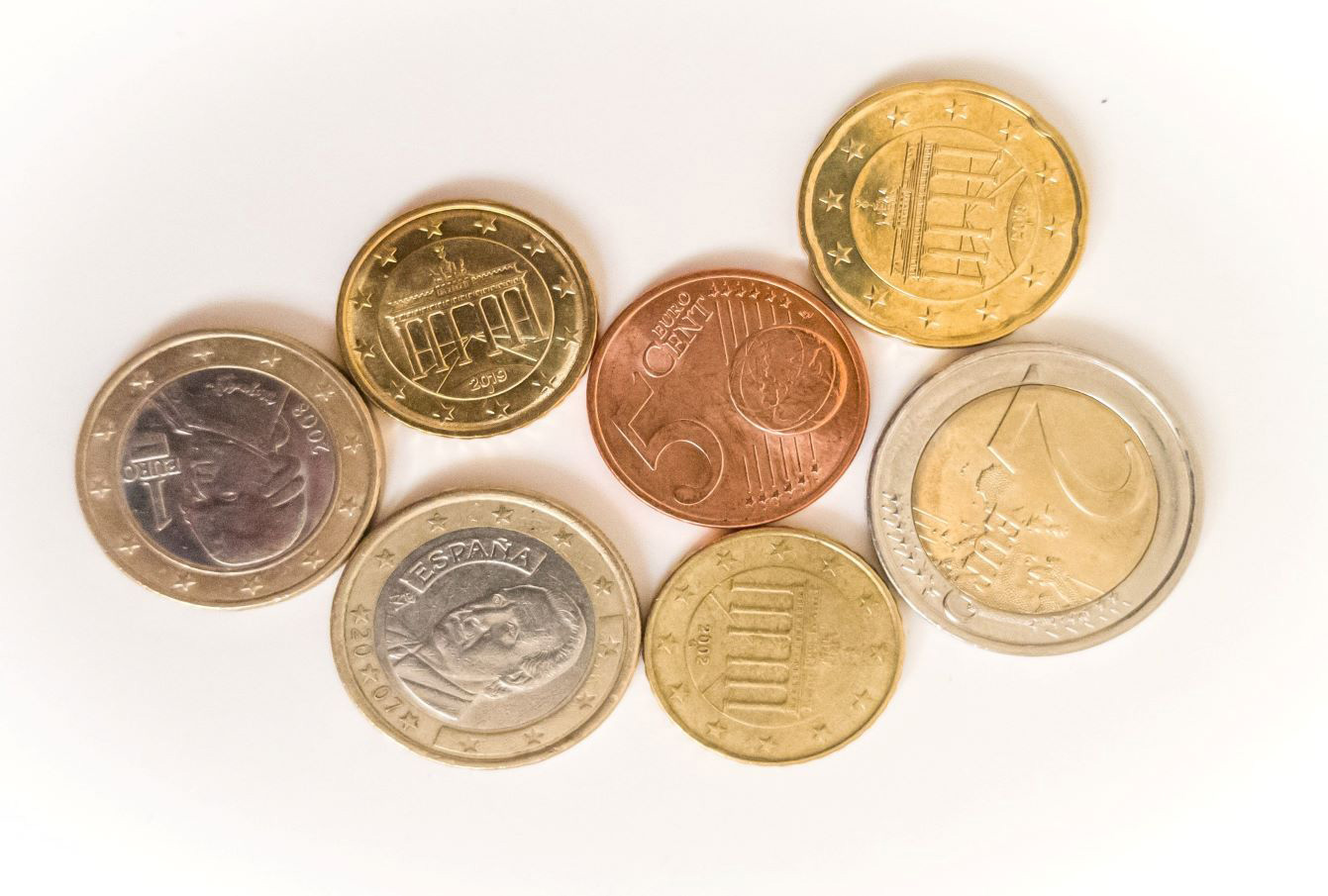 AI and Data Science working to reduce food waste
AI and Data Science working to reduce food waste
Today, food waste represents an urgent global issue. Fao, the United Nations Food and Agriculture Organization, calculates that one-third of all food produced for human consumption is wasted every year worldwide, which is the equivalent of 1.3 billion tons of food. This is damaging to everyone, not only from an economic and social point of view, but also an environmental point of view. Producing and disposing of food that is not consumed leads to heavy waste of resources, as well as unnecessary polluting emissions. Data Science and Artificial Intelligence can help to change this detrimental situation, ensuring a major cut to waste throughout the supply chain, from the manufacturer to the individual consumer.
Food production
Data Science can make an important contribution to reducing waste in food production thanks to crop optimization. Data collection through drones, remote sensors, satellites and intelligent agricultural equipment can provide growers with valuable insights into soil production capacity, crop health and weather conditions. If re-elaborated, this information can help farmers to make smarter decisions about crop rotation, sowing times and the most suitable period for harvesting and composting.
Distribution
By monitoring key parameters, real-time analysis can predict deteriorations that inevitably cause food to be turned into waste. Again, this efficiency can only be achieved by combining valuable information collected through sensors with powerful analytical tools that can reprocess and raise alarms before certain conditions occur. In the case of perishable foods, it is possible, for example, to set alerts on dangerous temperature changes. An immediate intervention on failures of refrigeration systems can help to avoid significant food losses.
Stores
By setting up automatic monitoring of food expiration dates, shopkeepers can, for example, schedule a proper rotation of food on the shelves and even plan special promotions before they exceed the specified deadlines. AI algorithms can also help predict sales of certain products in respect to others, making a fundamental contribution when ordering goods. An alignment between supply and demand helps to reduce food waste within stores, improving its planning with important benefits on the economic outcome and sustainability of the supply chain.
Restaurants
In restaurants, the cut of food waste must start with the supply. AI can help by rationalizing orders, which can be set on the actual needs of the kitchens. When stocking, the products can be managed with an almost ‘just in time’ logic, avoiding storage of foods at high risk of decay. This allows restaurants to reduce scraps produced by exceeding expiration dates, introducing a virtuous circle even in the smallest kitchens.
Consumers
An important contribution to cutting food waste in the home comes from the introduction of smart systems that are able to automate some controls and send alerts to users. These systems are called ‘smart fridges’. Connected to the Internet and managed via app, these devices allow consumers to enter the acquisition date of each refrigerated food, sending an alert when its expiration date is approaching.





